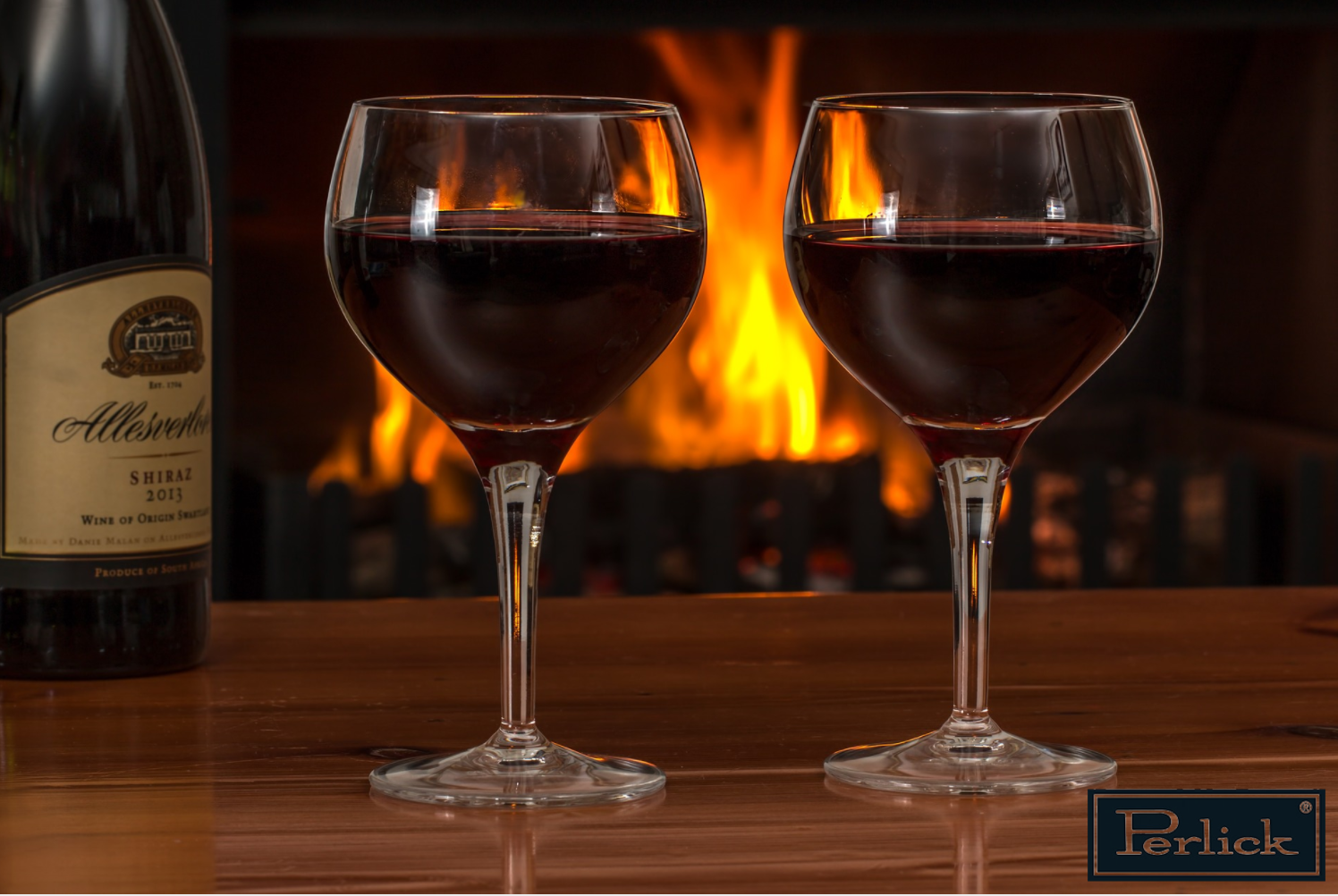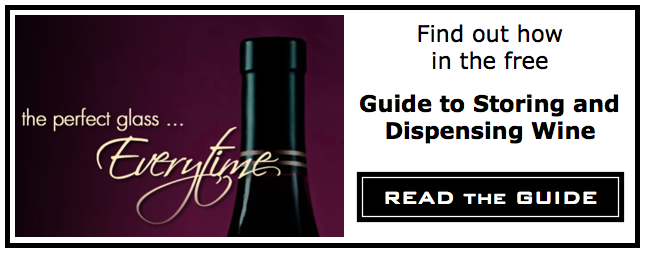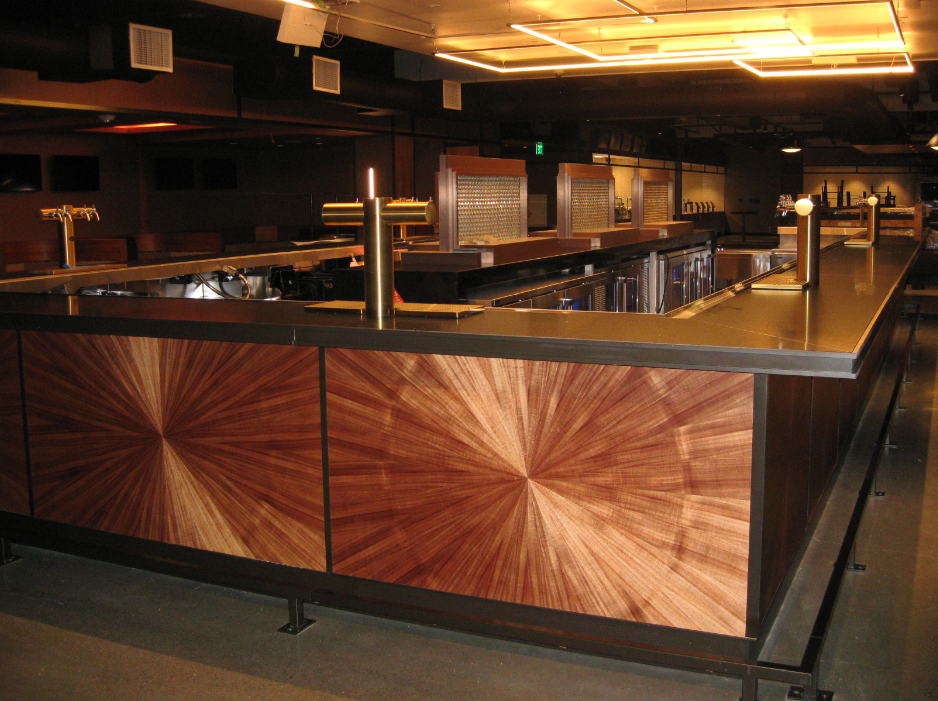Wine gets better with age, usually. But when improperly stored, wine can take on unpleasant flavors and lose its value. If you're looking for a refresher on how to store those vintage bottles of wine, these wine storage tips will help answer your questions.
Temperature
Wine needs to be kept cool, but not cold. Depending on the type of wine, the ideal temperature for storing wine ranges between 45° and 65°.
When wine is stored below 45°, the loss of aromas can occur. In some cases, the wine can even freeze. If this happens, be sure to check bottles and corks for damage from the expansion as the wine freezes.
When wine gets to 70° or above, the real damage begins to happen. As temperatures rise, the tannins become more noticeable, causing a tangy and acidic flavor to takeover.
Maintaining a stable temperature is just as important as keeping the temperature between 45°and 65°. The more heat and humidity fluctuations a wine is exposed to, the more likely it is that the wine will be damaged.
Download the Perlick Guide to Storing and Dispensing Wine
Horizontal Storage
Once you have the temperature under control, it’s time to worry about how the wine is positioned. Ideally, wine should be stored horizontally rather than vertical. The theory is that when a bottle of wine is lying flat, the wine keeps the cork from drying out. It's also important to note that not all wines use natural cork. Some corks are made synthetically, while other wines use twist caps.
Storing wines the correct way is especially important for wines you plan on saving for a special occasion. For wine that you plan on drinking soon, there is no need to lay the bottles horizontally.
Whether you are pairing great wine with delicious food in a high-end restaurant, or starting a wine program in a new hotel, these wine storage tips are essential to preserving your wines at ideal conditions.








